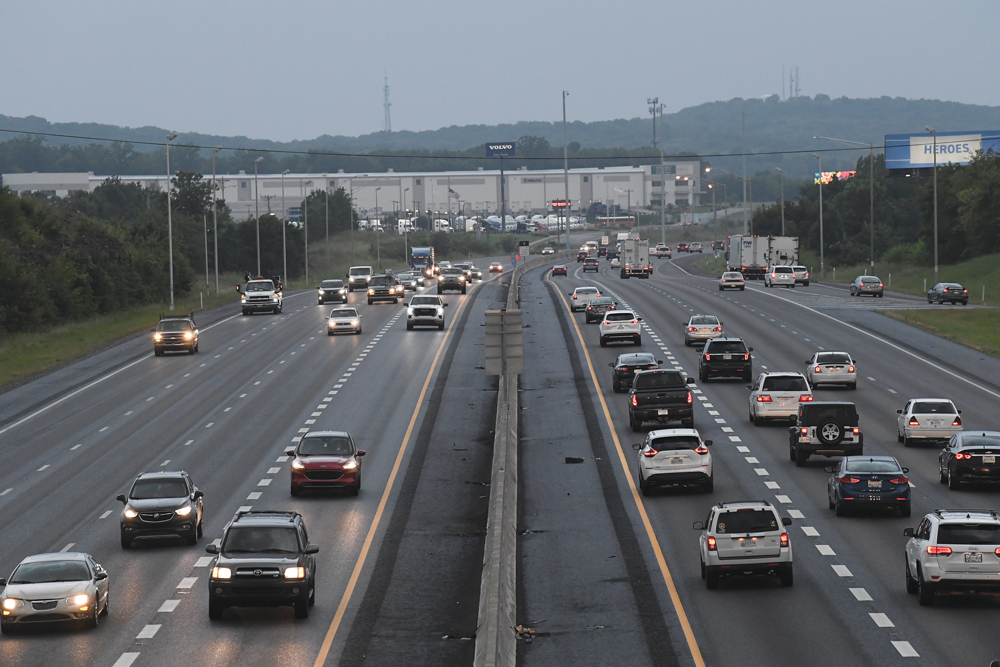Convergent thinking is our CIVIC duty by Phillip Fauchet
One of the most exciting challenges in engineering lately is that of smart and connected cities. The vast amounts of data and electronic infrastructure create complex interconnectedness and allow for systems to help optimize our lives while addressing inequality, climate change, environmental impact, safety, resource management, and risk mitigation.

City Innovations through the Vanderbilt initiative on Infrastructure Connectivity (CIVIC) builds on our demonstrated expertise in bringing together scientists and engineers from across campus to collaborate on innovative solutions that improve the quality of life in cities. Through partnerships with strategic test beds, CIVIC is turning cities into classrooms and laboratories where our researchers and students put their ideas into practice.
Projects in Houston, Nashville, Chattanooga, and the sustainable Sterling Ranch community development, plus the Vanderbilt campus itself, all provide invaluable data for Vanderbilt researchers across disciplines. Particularly in this time of a worldwide pandemic and international calls for social justice, drawing on real-world data to provide solutions to the challenges cities face has never been more important.
For example, our faculty already have deployed sensors across cities to measure how self-driving vehicles perform, and these same sensors can help manage traffic surge as cities open up again amidst COVID-19. We already help community transit agencies by analyzing their real-time data, which can aid in their response to the pandemic from a planning, scheduling, and operations perspective. We also have been investigating the disparate impacts of transportation solutions on the lowest income communities, including many urban communities of color, and this knowledge can be used to guide city officials as they work to improve transit access and the opportunities mobility provide.
CIVIC’s mission is four-fold:
- Develop new ways to sense and analyze how cities operate by understanding the connections between the services cities deliver, including mobility, housing, energy, water, health care, and education;
- Develop new ways in which to build cities with materials and construction technologies that are less costly and use less energy
- Provide elected officials and organizations that build and operate cities with data and options for improving services and quality of life for residents
- Educate and train students to be future leaders and innovators in the science and engineering of interconnected and smart cities.
One may ask, “Isn’t this what engineering is about already?” The answer is yes, of course! But the problems are so complex, and the data sets so vast, the analyses require convergent thinking and multidisciplinary teams in new ways and with more urgency.
We’ve written about smart cities before, and we’ve been solving problems of infrastructure for decades. Our new approach is more comprehensive and draws from our expertise across disciplines. You’ll read in these pages about Professor Karsai’s research on green energy and better managing microgrids, Professor Dubey’s work on the challenges of mass transit in a COVID world, Professor Mahadevan’s blueprint for planning and operating the U.S. power grid, and Professor Work’s project to optimize traffic on cities’ commuter corridors. With well over $30 million in recent research grants in this area alone, the School of Engineering truly is a leader in this field.
Of course, this issue of Solutions also includes our faculty’s work in the advanced frontiers of fighting cancer, our novel area of Inclusion EngineeringSM and breakthroughs in flat optics. Of particular note is a special section reflecting on the roles and contributions of women in the School of Engineering as we celebrate the centennial of the ratification of the 19th Amendment. Nashville played a pivotal role as an epicenter of social change throughout 20th Century and continues to in the 21st Century. Such change contributes to the realization of a better life for all, which is the School of Engineering’s primary mission.